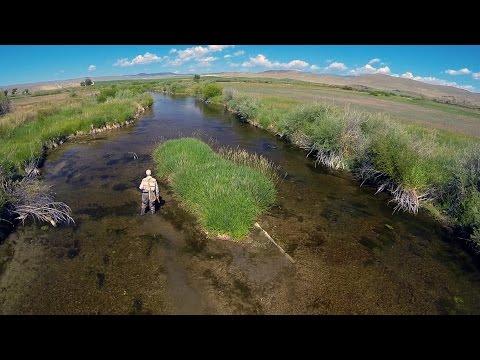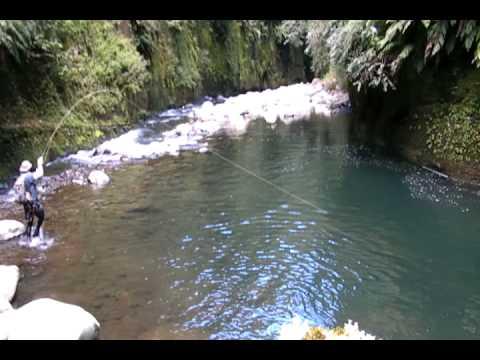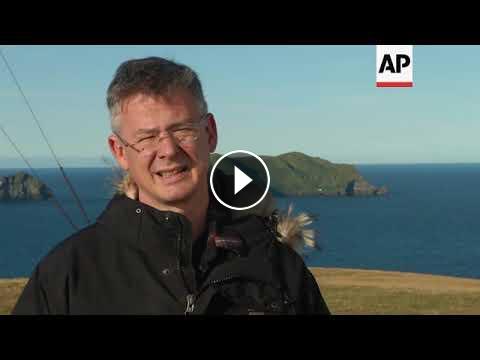(11 Oct 2018) LEADIN:
Residents on a remote Icelandic island are working together to protect its declining puffin population.
The island of Heimaey off the south coast of Iceland is one of the world's largest puffin colonies. The distinctively-beaked seabirds are in decline globally, due to hunters, fishing nets and pollution.
STORYLINE:
The remote Icelandic island of Heimaey in the Westman Islands is home to a unique bird rescue effort.
As nights grow longer, adult puffins stop bringing food to their baby pufflings. At night, the young seabirds are attracted to the fishing village's bright lights.
They glide down from the mountains in search of food. It can be dangerous - rough landings, cars and hungry cats.
Luckily for the young birds, there's an army of islanders looking out for them. It's called the Puffin Patrol.
Everyone on the small fishing island of about 4,500 helps rescue the small seabirds, from adults to young children.
Volunteer Gigja Oskarsdottir says the patrol started in 2003, when experts noticed the number of pufflings flying down to the village was in decline.
"This is important for the population to know if there are any deaths of the babies in the nesting holes and to see how many survive and fly into town," she says.
"Because it's estimated that one percent of the babies who fly into town, is only one percent of the total amount of baby puffins that are in the island.
"So, as of today, we have weighed 4,195, so we can estimate that there are about 400,000 babies flying to the ocean for this time of year."
Young pufflings might be hard to recognise, they're yet to develop the distinctive, brightly-coloured beaks.
The rescued seabirds are brought to the local aquarium. They're weighed and have their wingspan measured, some are fitted with GPS trackers.
"It's kind of all hands-on deck here. We have to have help from the local people, they have to go out and look for the puffins and, of course, bring them in here, so we can weigh them," says Oskarsdottir.
"And then we have to have a lot of staff here to help because it gets very busy here, our busiest day was 532 baby puffins weighed in per day."
Even tourists like newlyweds Rebecca and David Hung from the United States lend a hand.
"At first, we were like; 'What are we going to do with the puffin?'" says Rebecca.
"When we found them, they said bring it to the aquarium or to this centre, and that they weigh them, and they measure them to make sure that, you know, they can survive on their own."
A small amount of pufflings require extra care, especially if they're covered in oil from the village harbour or petrol from parked cars.
They can't stay waterproof when covered in oil and won't survive back in the sea. So, volunteers clean them.
"When they're out in the sea, they need to be completely waterproof, meaning that the water just feeds off their bellies and their backs," explains volunteer, Karen Velas.
"But when they're oiled, the water soaks into their skin, so they get cold, they're not able to stay afloat, and then they starve."
The Atlantic puffin – for many a national symbol of Iceland - has been listed as "vulnerable" on the IUCN's (International Union for Conservation of Nature) Red List of Threatened Species since 2015.
According to the IUCN, numbers across Iceland and Norway, which accounts for about 80 percent of the European population, have decreased markedly since the early 2000s.
Scientists fear climate change may prove a larger threat.
Find out more about AP Archive: http://www.aparchive.com/HowWeWork
Twitter: https://twitter.com/AP_Archive
Facebook: https://www.facebook.com/APArchives
Google+: https://plus.google.com/b/102011028589719587178/+APArchive
Tumblr: https://aparchives.tumblr.com/
Instagram: https://www.instagram.com/APNews/
You can license this story through AP Archive: http://www.aparchive.com/metadata/youtube/4c9252facb40f705a9a48ae84c15fd4d
Residents on a remote Icelandic island are working together to protect its declining puffin population.
The island of Heimaey off the south coast of Iceland is one of the world's largest puffin colonies. The distinctively-beaked seabirds are in decline globally, due to hunters, fishing nets and pollution.
STORYLINE:
The remote Icelandic island of Heimaey in the Westman Islands is home to a unique bird rescue effort.
As nights grow longer, adult puffins stop bringing food to their baby pufflings. At night, the young seabirds are attracted to the fishing village's bright lights.
They glide down from the mountains in search of food. It can be dangerous - rough landings, cars and hungry cats.
Luckily for the young birds, there's an army of islanders looking out for them. It's called the Puffin Patrol.
Everyone on the small fishing island of about 4,500 helps rescue the small seabirds, from adults to young children.
Volunteer Gigja Oskarsdottir says the patrol started in 2003, when experts noticed the number of pufflings flying down to the village was in decline.
"This is important for the population to know if there are any deaths of the babies in the nesting holes and to see how many survive and fly into town," she says.
"Because it's estimated that one percent of the babies who fly into town, is only one percent of the total amount of baby puffins that are in the island.
"So, as of today, we have weighed 4,195, so we can estimate that there are about 400,000 babies flying to the ocean for this time of year."
Young pufflings might be hard to recognise, they're yet to develop the distinctive, brightly-coloured beaks.
The rescued seabirds are brought to the local aquarium. They're weighed and have their wingspan measured, some are fitted with GPS trackers.
"It's kind of all hands-on deck here. We have to have help from the local people, they have to go out and look for the puffins and, of course, bring them in here, so we can weigh them," says Oskarsdottir.
"And then we have to have a lot of staff here to help because it gets very busy here, our busiest day was 532 baby puffins weighed in per day."
Even tourists like newlyweds Rebecca and David Hung from the United States lend a hand.
"At first, we were like; 'What are we going to do with the puffin?'" says Rebecca.
"When we found them, they said bring it to the aquarium or to this centre, and that they weigh them, and they measure them to make sure that, you know, they can survive on their own."
A small amount of pufflings require extra care, especially if they're covered in oil from the village harbour or petrol from parked cars.
They can't stay waterproof when covered in oil and won't survive back in the sea. So, volunteers clean them.
"When they're out in the sea, they need to be completely waterproof, meaning that the water just feeds off their bellies and their backs," explains volunteer, Karen Velas.
"But when they're oiled, the water soaks into their skin, so they get cold, they're not able to stay afloat, and then they starve."
The Atlantic puffin – for many a national symbol of Iceland - has been listed as "vulnerable" on the IUCN's (International Union for Conservation of Nature) Red List of Threatened Species since 2015.
According to the IUCN, numbers across Iceland and Norway, which accounts for about 80 percent of the European population, have decreased markedly since the early 2000s.
Scientists fear climate change may prove a larger threat.
Find out more about AP Archive: http://www.aparchive.com/HowWeWork
Twitter: https://twitter.com/AP_Archive
Facebook: https://www.facebook.com/APArchives
Google+: https://plus.google.com/b/102011028589719587178/+APArchive
Tumblr: https://aparchives.tumblr.com/
Instagram: https://www.instagram.com/APNews/
You can license this story through AP Archive: http://www.aparchive.com/metadata/youtube/4c9252facb40f705a9a48ae84c15fd4d
- Category
- Fly Fishing




